Choosing the Right PCB Board Supplier: A Comprehensive Guide
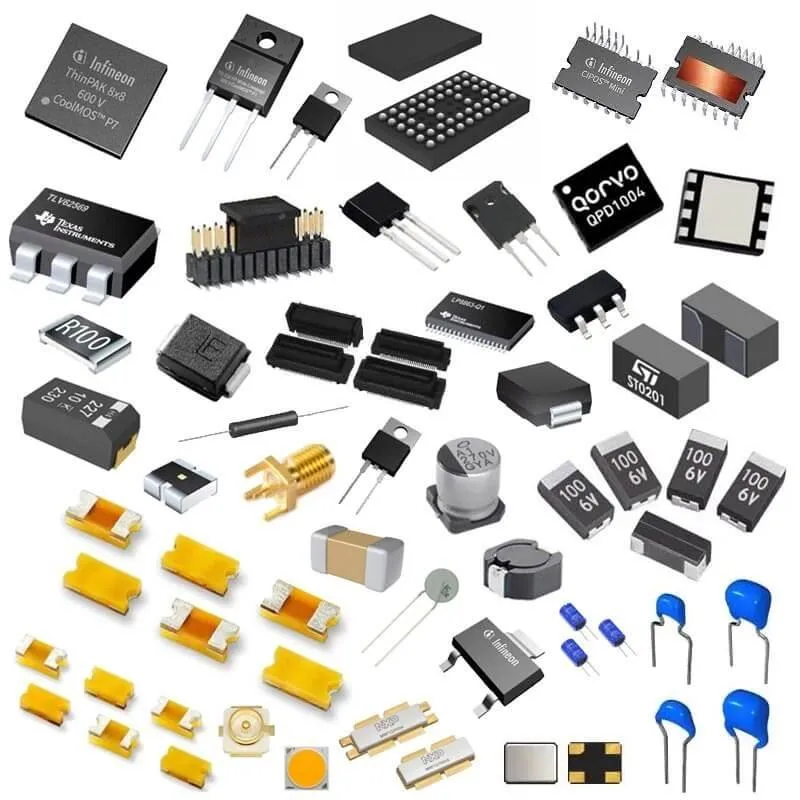
In today’s world, printed circuit boards (PCBs) are the unsung heroes powering everything from our smartphones to industrial machinery. Choosing the right PCB board supplier is crucial to the success of any electronics project. Much like selecting the right ingredients in a recipe, the PCB supplier determines the quality and reliability of the final product. This article guides you through selecting the best supplier, ensuring your product’s success, and covers everything from understanding different types of suppliers to evaluating their capabilities, offering a clear roadmap to selecting your perfect partner.
Understanding Your PCB Needs

Before engaging with a PCB board supplier, a thorough understanding of your project's specific requirements is paramount. This foundational step ensures that the selected supplier can meet your technical specifications, production volume, and timeline expectations. Neglecting this phase can lead to significant setbacks, increased costs, and delays.
- PCB Board Type
Consider whether your application requires a single-layer, double-layer, or multi-layer board. Multi-layer boards are necessary for complex designs with dense circuitry, whereas single or double-layer boards may suffice for simpler applications. Also consider the need for flexible or rigid-flex PCBs, which are suitable for applications requiring mechanical flexibility. - Material Requirements
Specify the base material for your PCBs. FR-4 is a common and versatile choice for many applications. Other materials, like aluminum, offer superior heat dissipation properties, while materials like polyimide are used in flexible PCBs. High frequency applications might need materials with specific dielectric properties. - Layer Count and Thickness
Define the number of conductive layers and overall board thickness needed to accommodate your circuit complexity and physical requirements. The trace and space dimensions affect the board performance and manufacturability. Thicker boards may also be needed for mechanical rigidity. - Finished Copper Thickness
Specify the required copper thickness for the conductive layers. Thicker copper layers are needed for applications with high current, which can affect cost and manufacturability. The copper thickness also influences impedance control. - Production Volume
Estimate the number of PCBs needed for your project. Prototype quantities will differ greatly from mass production volumes, influencing the type of supplier best suited for your needs. Different suppliers specialize in small, medium, or high volume production runs. - Required Lead Time
Establish realistic lead times for PCB production. Urgent projects will need a supplier that can accommodate rapid turnaround times. Standard lead times vary depending on the complexity of the board and the supplier's capacity. - Surface Finish
Determine the needed surface finish of your PCB, such as HASL, ENIG, or immersion tin/silver. The finish impacts solderability, corrosion resistance, and cost. Choosing the correct finish is essential for ensuring reliable soldering and long-term performance. - Special Requirements
Consider the impedance control requirements, the needs for via type (blind, buried), or other special design features. These requirements impact the supplier selection and manufacturing process. For example, high speed digital circuits require careful management of impedance.
Types of PCB Board Suppliers
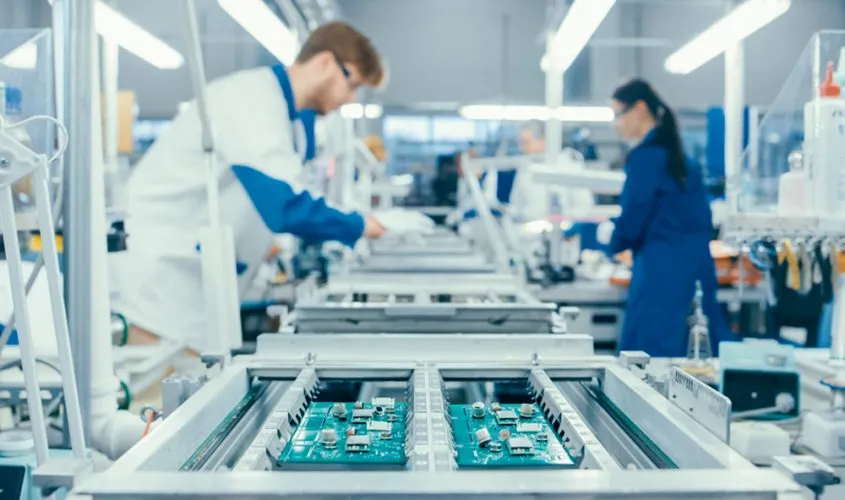
The PCB (Printed Circuit Board) manufacturing landscape is diverse, with suppliers catering to different production needs and specializations. Understanding these various types is crucial in selecting the ideal partner for your project. Suppliers can be broadly classified based on their focus, capabilities, and the types of PCBs they produce.
- Prototype-Focused Suppliers
These suppliers specialize in small-batch production, often for prototyping and testing phases. They offer rapid turnaround times, which is valuable for iterative design processes. However, they may not be as cost-effective for large-scale production. - Volume Production Suppliers
These manufacturers are geared for large-scale production of PCBs. They prioritize cost-efficiency and high-throughput capabilities. These suppliers often have established processes for standardized PCB designs and high-volume orders. - Specialized Manufacturers
This category includes suppliers who focus on specific PCB technologies and materials. Examples include high-frequency PCBs (for RF and microwave applications), HDI (High Density Interconnect) PCBs (for complex, compact designs), flexible PCBs (for applications requiring bending or folding), and metal-core PCBs (for enhanced heat dissipation). These suppliers possess specialized equipment and expertise in their niches. - Turnkey PCB Suppliers
These suppliers provide a complete service, from design, fabrication, to PCB assembly. This streamlined approach can save time and reduce complexity for customers, but may involve higher cost.
| Supplier Type | Production Focus | Typical Application | Cost Considerations | Key Advantage |
|---|---|---|---|---|
| Prototype-Focused | Small batch, rapid turnaround | Prototyping, early design stages | Higher per-unit cost | Fast turnaround times |
| Volume Production | Large-scale, high-throughput | High-volume products | Lower per-unit cost | Cost-effectiveness for large orders |
| Specialized Manufacturers | Specific PCB tech/materials | High-frequency, HDI, flexible PCBs | Potentially higher cost | Expertise in niche technologies |
| Turnkey PCB Suppliers | Complete design to assembly | Complex projects with full service needs | Potentially higher cost | Streamlined process |
Key Factors to Evaluate in a PCB Supplier
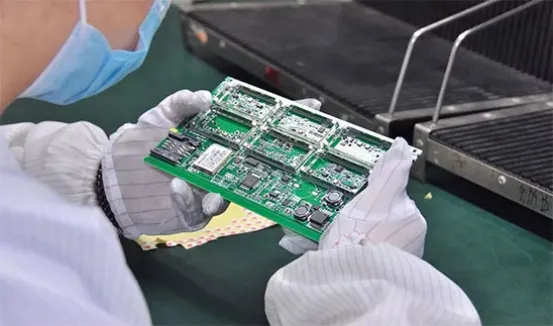
Selecting the right PCB supplier requires a thorough evaluation of several critical factors to ensure the production of high-quality, reliable boards that meet your specific project requirements. This involves assessing the supplier's capabilities, processes, and overall suitability for your needs.
- Manufacturing Capabilities
Assess the supplier's ability to produce the specific types of PCBs you need, including single-layer, multi-layer, flexible, or rigid-flex boards. Confirm their capacity for various board thicknesses, copper weights, and other technical specifications. - Quality Control Processes and Certifications
Verify that the supplier adheres to stringent quality control measures throughout the manufacturing process. Look for certifications such as ISO 9001, IPC standards, or other relevant industry-specific certifications. These demonstrate a commitment to quality and consistency. - Technology and Equipment
Evaluate the supplier's technology and equipment to ensure they are up-to-date and capable of handling your project's technical requirements. This includes examining their machines for drilling, etching, plating, and other critical processes. Advanced equipment often indicates higher precision and reliability. - Lead Times
Understand the supplier's typical lead times for both prototype and production runs. Ensure that their timelines align with your project's schedule, and inquire about their ability to handle urgent orders or expedited production. - Pricing Structure
Compare pricing from different suppliers, taking into account not only the cost per board, but also any tooling or setup fees, shipping costs, and potential discounts for volume production. Look for transparency and competitive pricing. - Customer Support Responsiveness
Gauge the supplier's responsiveness and communication style. Assess their ability to address technical questions, provide timely feedback, and offer support throughout the ordering and production processes. Good communication is crucial for a smooth workflow. - Experience with Similar Projects
Inquire about the supplier's previous experience with projects similar to yours. Evaluate their track record with similar technical specifications and volume needs. This can provide confidence in their ability to deliver.
Comparing PCB Board Suppliers: A Checklist
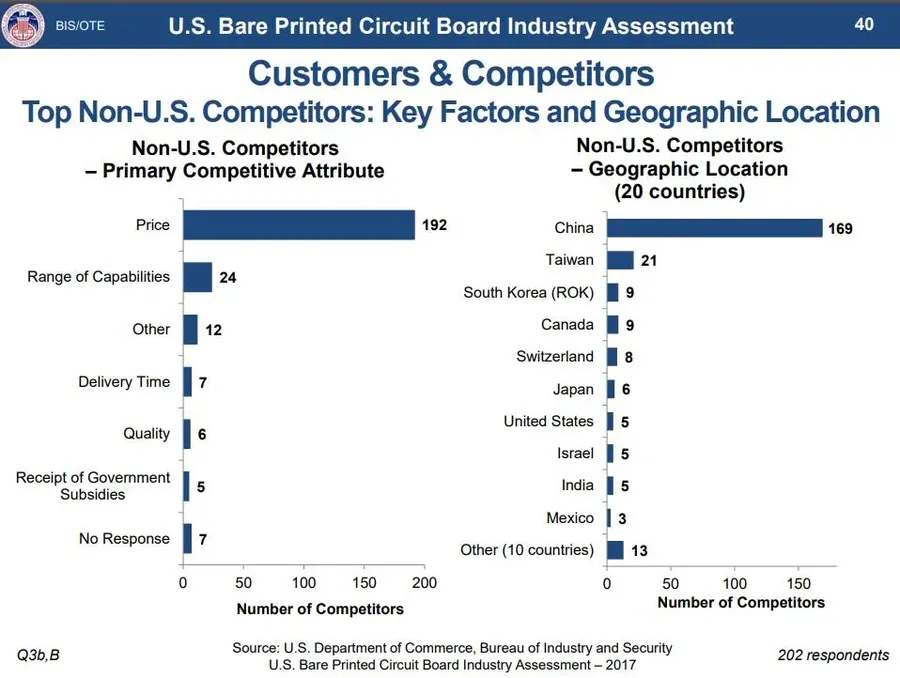
Selecting the right PCB board supplier is crucial for the success of any electronics project. A systematic comparison using a checklist helps ensure that you choose a supplier that meets your specific needs in terms of capabilities, pricing, and lead times. This section provides a structured approach to evaluating potential PCB partners.
| Evaluation Criteria | Supplier A | Supplier B | Supplier C |
|---|---|---|---|
| Manufacturing Capabilities | Single, Double-Layer, Multi-Layer | Single, Double-Layer | Single, Double-Layer, Multi-Layer, Flexible |
| Material Expertise | FR-4 | FR-4 | FR-4, Aluminum, Rogers |
| Minimum Trace Width/Space | 0.1mm/0.1mm | 0.15mm/0.15mm | 0.075mm/0.075mm |
| Quality Certifications | ISO 9001 | ISO 9001 | ISO 9001, ISO 13485 |
| Technology and Equipment | Standard | Basic | Advanced |
| Lead Times | 2-3 weeks | 3-4 weeks | 1-2 weeks |
| Prototype Pricing | $100 | $120 | $150 |
| Volume Pricing (1000 units) | $2/unit | $2.5/unit | $1.8/unit |
| Customer Support | Email, Phone | Email only | Dedicated Account Manager |
| Specialization | General | General | High-Frequency PCBs |
| Experience With Similar Projects | Yes | Yes | Yes |
Frequently Asked Questions About PCB Board Suppliers
Selecting the right PCB supplier involves understanding various factors, from manufacturing capabilities to cost implications. This section addresses common questions to help clarify the decision-making process.
- Who is the largest PCB supplier globally?
The PCB manufacturing landscape is dynamic, and market leadership can shift. While specific rankings vary, companies like AT&S, and Unimicron are often cited as some of the largest global PCB suppliers by revenue. These companies typically have extensive manufacturing facilities and a broad range of capabilities, from simple single-layer boards to complex HDI and flex circuits. It's important to note that size doesn't always equate to the best fit for a particular project; smaller, specialized manufacturers may be a better option depending on specific needs. - What are the typical processes involved in PCB manufacturing?
PCB manufacturing is a complex process with many steps. It begins with design and CAM processing, followed by fabrication, which includes layering, etching, drilling, and plating. After that, the board goes through surface finishing, solder mask application, component legend printing, electrical testing, and ultimately, quality inspection. Each stage is critical to ensure the final PCB meets the design specifications. This process is further influenced by the type of PCB, like single-layer, multi-layer, or flexible PCB’s, each requiring unique processes. - Why can PCB boards sometimes be so expensive?
The cost of PCB boards is influenced by several factors, including the complexity of the design (layer count, trace width, via density), materials used (FR-4, high-frequency laminates), the manufacturing process, volume of production, and required tolerances. Specialized designs, such as HDI boards or boards with controlled impedance, will naturally cost more due to the precision and advanced techniques involved. Additionally, small-volume production runs will typically have a higher per-unit cost compared to large-scale production due to the economies of scale. - Which PCB companies specialize in high-quality and reliable PCB production?
Many reputable PCB manufacturers are known for high quality and reliability. These companies often have certifications like ISO 9001 and AS9100, demonstrating their commitment to quality management. Some of these manufacturers specialize in specific types of PCB such as high-frequency boards for the telecom sector or high-reliability boards for aerospace and automotive sectors. Companies that consistently receive positive customer feedback and have a strong track record in similar projects also provide indications of reliability and quality. Researching industry awards and customer testimonials can further help identify these quality-focused suppliers. - What should I consider when choosing a PCB supplier for prototype builds?
For prototype builds, look for suppliers that offer fast turnaround times, low minimum order quantities, and design for manufacturing (DFM) services. These suppliers often have dedicated prototype lines, and they are more flexible in adapting to design changes. They can also provide engineering support, which is valuable during the development phase. The supplier's ability to quickly produce small quantities with accurate results is more critical than focusing on low prices. - How do I evaluate the manufacturing capabilities of a PCB supplier?
Assess the supplier’s capabilities by looking at the types of boards they can produce, their maximum layer count, minimum track width and spacing, the materials they work with, and the range of surface finishes available. Also, check the types of equipment they employ and their ability to handle specialized processes. A detailed look at their technical specifications and quality certifications (such as ISO standards) can provide a clear picture of their manufacturing capabilities. It is important to ensure these meet the requirements of your specific project. - How important is geographical location when selecting a PCB supplier?
Geographical location affects lead times, shipping costs, and communication ease. While offshore suppliers might offer lower prices, domestic suppliers can often provide faster turnaround times and more responsive customer support. Consider the balance between cost and time constraints. For quick prototyping or for projects with demanding time-sensitive deadlines, a domestic supplier might be preferable, even if slightly more expensive.
Ensuring Quality and Reliability in PCB Manufacturing
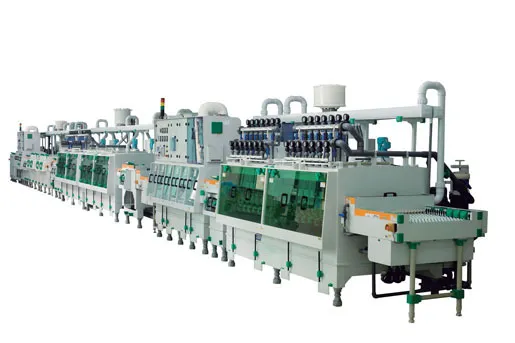
Ensuring the quality and reliability of printed circuit boards (PCBs) is paramount for the success of any electronic product. This requires a meticulous approach, focusing on supplier selection and manufacturing process oversight. Robust quality control, adherence to industry standards like ISO certifications, and a clear understanding of material sourcing form the cornerstone of reliable PCB manufacturing.
- ISO Certifications
Look for suppliers with ISO 9001 (Quality Management) and ISO 13485 (Medical Devices) certifications, as applicable. These certifications indicate adherence to internationally recognized standards for quality management and production processes. - Manufacturing Process Review
Thoroughly review the supplier's manufacturing process, from design verification, CAM processing, and bare board fabrication to assembly, testing, and packaging. Understanding each stage ensures quality at every step. - Material Sourcing and Traceability
Inquire about the origin and quality of materials used (e.g., FR-4, prepreg, copper). Request information on material traceability systems to ensure consistent quality and mitigate risks from substandard components. - Inspection and Testing Procedures
Clarify the supplier's inspection protocols, including in-process inspections and final product testing. Common tests include electrical tests, impedance tests, and solderability tests. A comprehensive testing approach helps identify potential defects. - Statistical Process Control (SPC)
Inquire if the supplier uses SPC techniques to monitor and control their production processes. This proactive approach helps maintain process stability and minimizes variations in product quality.
Cost-Effective PCB Board Sourcing Strategies
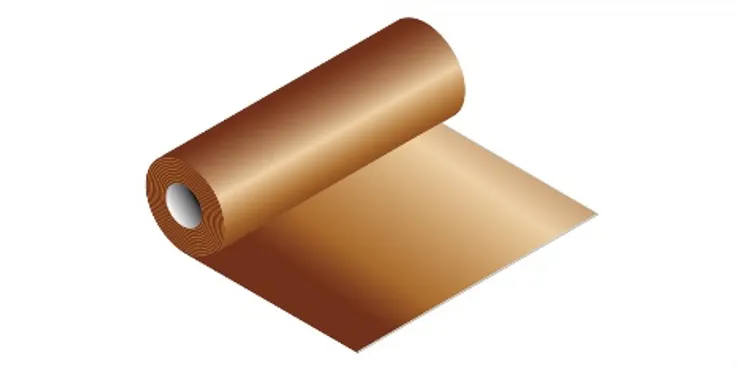
Optimizing PCB production costs without sacrificing quality is crucial for any project's success. Strategic sourcing involves carefully examining design choices, material selection, and leveraging order volumes, all while maintaining open communication with your supplier to streamline the procurement process.
- Design Optimization
Streamlining your PCB design can significantly reduce costs. Minimizing layers, using standard component footprints, and optimizing board size all contribute to lower manufacturing expenses. - Material Selection
Choosing the right material for your application is essential. Standard materials like FR-4 are cost-effective for general-purpose applications, while more specialized materials may be necessary for high-performance designs, impacting cost. - Volume Discounts
Negotiate with your supplier for volume discounts, as larger orders typically come with lower per-unit costs. Consider consolidating multiple projects if possible to benefit from these discounts. - Component Sourcing
Strategically sourcing components can lead to cost savings. Consider using readily available, cost-effective components, and explore alternatives without sacrificing performance or reliability. - Panelization
Panelizing your PCB design—arranging multiple copies of your board on a single panel—can reduce production costs significantly. It also allows for more efficient assembly. - Supplier Communication
Open communication with your supplier is crucial for cost management. Discuss potential cost-saving options, alternative materials, or manufacturing techniques. A collaborative approach can result in significant savings and a streamlined procurement process. - Streamlining Procurement Process
Work with your supplier to optimize the procurement process. Discuss lead times, inventory management, and any other operational aspects that can lead to greater efficiency and reduced costs.
Building a Strong Partnership with Your PCB Supplier
Establishing a robust partnership with your PCB supplier transcends a mere transactional relationship; it's about forging a collaborative alliance focused on mutual success. Open communication, transparency, and a shared commitment to quality form the cornerstones of this partnership, ensuring seamless project execution and long-term viability.
- Open Communication Channels
Establish clear and consistent communication protocols. This includes regular updates, prompt responses to inquiries, and proactive problem-solving. Utilize platforms that facilitate easy information exchange (e.g., project management software, dedicated communication channels). - Collaborative Approach to Design and Manufacturing
Involve your supplier early in the design phase. Their expertise can inform design choices, optimize manufacturability, and potentially reduce costs. A collaborative approach ensures that designs are not only functional but also efficiently produced. - Shared Understanding of Quality Standards
Ensure both parties have a mutual and deep understanding of quality requirements. Regularly review quality control processes and results to maintain the agreed upon standards. Transparency in quality-related matters is crucial for building trust. - Long-Term Strategic Planning
Partnering with a supplier who is invested in your long-term success means planning for future needs together. This could involve forecasting future production volumes, scaling up capabilities, or exploring new technologies. Strategic planning ensures both parties are aligned for growth. - Mutual Commitment to Continuous Improvement
A strong partnership involves both parties continually looking for ways to improve processes, reduce costs, and enhance quality. Regular reviews of performance metrics and ongoing feedback mechanisms are essential for driving these improvements. - Viewing the Relationship as a Partnership, not Just a Customer-Supplier Dynamic
A genuine partnership goes beyond transactional exchanges. It’s about building a relationship where both parties see themselves as vested stakeholders in the other's success. This fosters a sense of mutual responsibility and commitment, leading to greater reliability and flexibility.
Future Trends in PCB Manufacturing
The PCB manufacturing industry is undergoing rapid evolution, driven by advancements in materials, miniaturization techniques, and a growing emphasis on sustainability. Understanding these trends is crucial for engineers and product developers to stay competitive and innovative in their designs and sourcing strategies. These emerging technologies are not just theoretical; they are progressively being adopted in real-world applications, influencing the design, performance, and environmental impact of electronic devices.
- Advanced Materials
Beyond traditional FR-4, new materials are being developed with improved electrical, thermal, and mechanical properties. This includes high-performance laminates, ceramics, and flexible substrates that enable complex designs and superior operational characteristics. For example, materials with lower dielectric constants are crucial for high-speed digital and RF applications, whereas those with enhanced thermal conductivity are essential for high-power electronics. These materials directly impact the performance, reliability, and miniaturization capabilities of electronic devices. - Miniaturization Techniques
The demand for smaller, more compact devices is pushing the limits of PCB miniaturization. Techniques like high-density interconnect (HDI), microvias, and embedded components allow for higher component density and reduced board size. The continued miniaturization allows for increased functionality in smaller form factors, enabling new product categories and applications, and this trend is essential for industries like wearable technology, portable electronics, and medical devices where size and weight are paramount. - Sustainable Practices
The industry is increasingly focused on sustainable manufacturing processes. This includes using environmentally friendly materials, reducing waste, and employing energy-efficient manufacturing techniques. This trend is aligned with global efforts to minimize the environmental footprint of electronics manufacturing. Practices such as the use of recycled materials, water-based solder resists, and closed-loop chemical systems are being adopted to minimize pollution and resource consumption and reduce the environmental impact of PCB manufacturing. - Additive Manufacturing (3D Printing) for PCBs
Additive manufacturing, or 3D printing, is emerging as a promising technique for rapid prototyping and customized PCB production. This method allows for the creation of complex shapes and features, with reduced material waste and turnaround times. This technology is particularly valuable for creating prototypes and customized boards, enabling faster design iterations and a more flexible production model. - Integration of Advanced Testing and Inspection Technologies
Automated optical inspection (AOI), X-ray inspection, and flying probe testing are becoming essential for high-reliability applications, allowing for improved quality control. These sophisticated testing and inspection methods can help find and address any manufacturing defects or issues early on in the production process, ensuring the product's reliability and performance.
Selecting a PCB board supplier is a critical decision that directly impacts the success of your electronics projects. By understanding your needs, evaluating different supplier types, and prioritizing quality and reliability, you can find the ideal partner to meet your production requirements. Remember, a strong collaboration with a reliable pcb board supplier leads to success and helps pave the way for innovation and product development.
 AnyPCBA
AnyPCBA